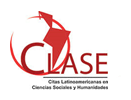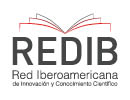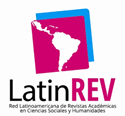Images and Memory: The past future, the future past, and the present future in the novel La tumba del relámpago
DOI:
https://doi.org/10.21142/DES-1101-2019-11-33Keywords:
Ekphrasis, motifs, memory, imagology, thematology, comparative literature, time, Manuel Scorza, epic cycleAbstract
This article offers an analysis of the classic motif of memory; we will study the use of ekphrasis as a testimony of memory, as expressed in the images contained in the ponchos; we will consider Andean notions of time and its place in myth, and discuss how in the text —as well as in the ponchos— we find an end that marks a beginning, and a beginning that marks an end. The article analyzes the process of constructing ekphrasis through the narrative voice and the use of sub-motifs related to the central motif of memory: knowledge, the world turned upside down, eternal return, oblivion, and the complex dimensions of time, where the past, present and future are combined. We will employ comparative critical theory, specifically those notions expressed by imagology and thematology. The role played by memory as a fundamental motif in shaping our humanity is compared to the Andean mythical vision in which leaps through time are possible, and related to the plot of the novel and the end of the villagers’ struggle –the tomb of the lightning- to recover their lands and the dignity of their lives.
Downloads
Downloads
Published
Issue
Section
License

Esta obra está bajo una licencia http://creativecommons.org/licenses/by-nc-sa/4.0/



















